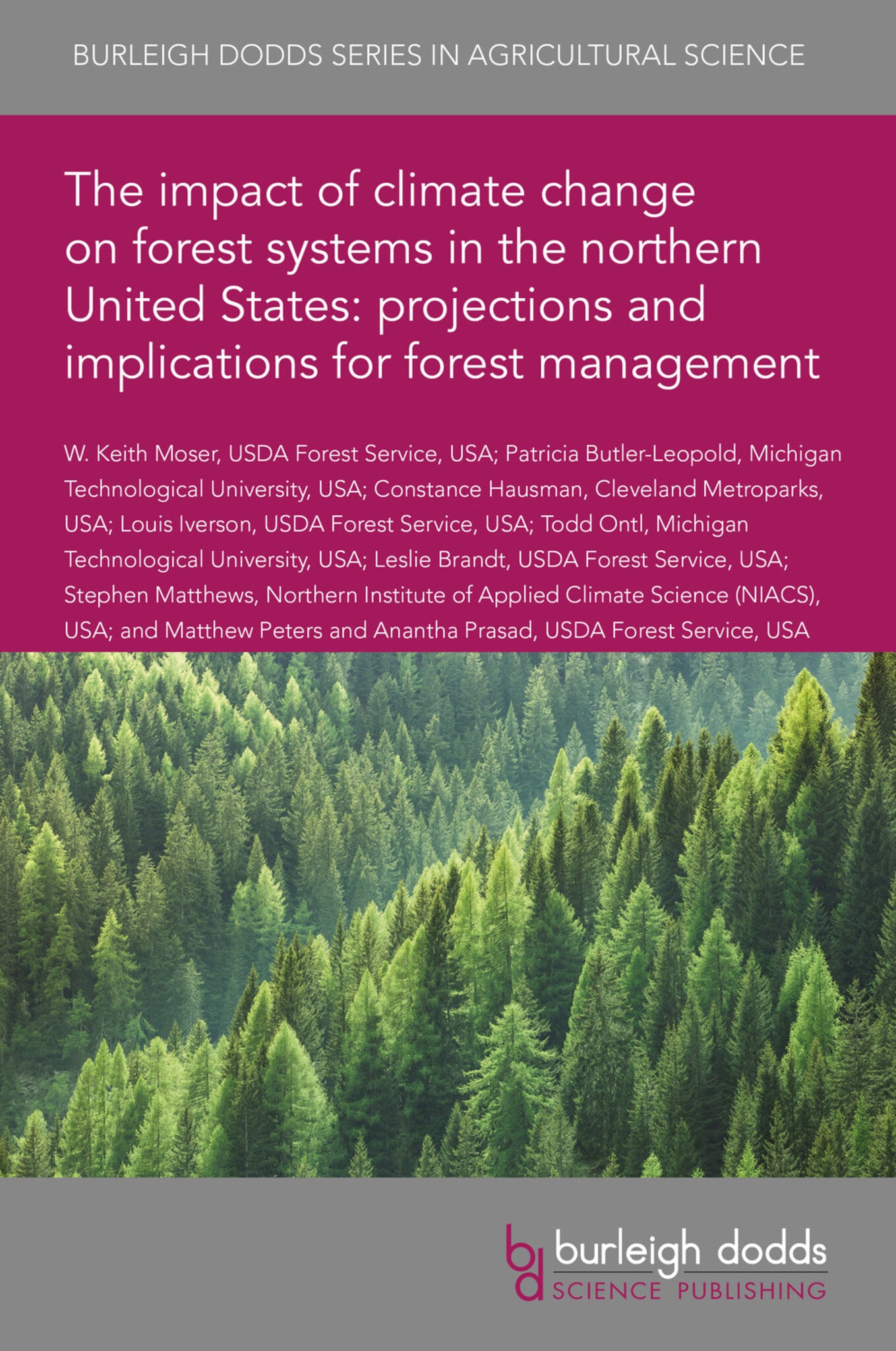We're sorry. An error has occurred
Please cancel or retry.
The impact of climate change on forest systems in the northern United States: projections and implications for forest management

Some error occured while loading the Quick View. Please close the Quick View and try reloading the page.
Couldn't load pickup availability
- Format:
-
25 November 2019


TECHNOLOGY & ENGINEERING / Agriculture / Forestry, Forestry and silviculture, SCIENCE / Global Warming & Climate Change, TECHNOLOGY & ENGINEERING / Agriculture / Sustainable Agriculture, Forests and woodland, Boreal, coniferous forest, Climate change, Sustainable agriculture

1 Introduction 2 Climate projections and their influence on forestland trends in the medium term—the Northern Forests Futures Project 3 Methods of projection in the long term: modeling projected changes in habitat and potential migration 4 Ecoregional vulnerability assessments 5 Management implications 6 Conclusion and future trends 7 Acknowledgements 8 References



